Description
Familiarity with treatment
Mitral valve repair is a surgical procedure used to treat mitral valve disease, which is a condition that affects the mitral valve in the heart. The mitral valve is located between the left atrium and the left ventricle and is responsible for regulating blood flow from the atrium to the ventricle.
During mitral valve repair, the surgeon aims to restore the normal function of the valve by repairing or reconstructing the existing valve rather than replacing it with an artificial valve. This is typically done through open-heart surgery, although minimally invasive approaches may also be used in certain cases.
The specific techniques used in mitral valve repair can vary depending on the underlying condition of the valve. Some common techniques include:
- Valve Leaflet Repair: If the valve leaflets are damaged or have become floppy (prolapsed), the surgeon may trim, reshape, or reinforce the leaflets to improve their function.
- Annuloplasty: The surgeon may perform an annuloplasty to repair the annulus, which is the ring-shaped structure that supports the valve. This involves placing a ring or band around the annulus to restore its shape and size, allowing the valve to close properly.
- Chordal Reconstruction: The mitral valve is supported by thin, string-like structures called chordae tendineae. If these structures are damaged or ruptured, the surgeon may repair or replace them to ensure proper valve function.
- Commissurotomy: In cases where the valve leaflets are fused together (stenosis), a commissurotomy may be performed to separate the fused leaflets and improve blood flow.
Who is it suitable for?
Mitral valve repair is suitable for a range of patients with mitral valve disease, depending on the specific condition and characteristics of the valve. It is generally considered the preferred treatment option for eligible patients, as it offers several advantages over valve replacement. Here are some factors that determine the suitability for mitral valve repair:
- Mitral Valve Anatomy: Mitral valve repair is most successful when the valve has certain anatomical characteristics that can be effectively repaired. This includes conditions such as mitral valve prolapse, leaflet thickening, or certain types of valve regurgitation (leaking).
- Severity of Valve Disease: The severity of the mitral valve disease is an important consideration. Mitral valve repair is typically recommended for patients with moderate to severe valve disease, where repair is feasible and likely to provide long-term benefits.
- Overall Health: The patient’s overall health and ability to tolerate surgery are important factors. Mitral valve repair is generally suitable for patients who are in good overall health and can undergo open-heart surgery or minimally invasive procedures.
- Age: Age is not a strict limitation for mitral valve repair. It can be performed in patients of various age groups, including older adults. However, the decision to proceed with repair or replacement may take into account the patient’s age and associated health conditions.
- Patient Preference: Patient preference and involvement in the decision-making process are important. Some patients may have a strong preference for preserving their own valve tissue and avoiding long-term anticoagulant therapy, which are advantages of mitral valve repair.
Who is it not suitable for?
Mitral valve repair may not be suitable for all patients with mitral valve disease. There are certain situations or conditions where mitral valve repair may not be feasible or may carry higher risks. Here are some factors that may make a patient not suitable for mitral valve repair:
- Severe Valve Damage: If the mitral valve is severely damaged or extensively calcified, repair may not be possible. In such cases, valve replacement may be the preferred treatment option.
- Valve Stenosis: Mitral valve repair is generally not recommended for patients with severe mitral valve stenosis, where the valve opening is significantly narrowed. In these cases, valve replacement may be necessary to restore proper blood flow.
- Complex Valve Anatomy: Some patients may have complex mitral valve anatomy, such as multiple valve leaflet abnormalities or extensive valve deformities. Repairing such complex valve anatomy may be challenging or may not provide optimal results.
- Endocarditis or Infection: If the mitral valve is infected or affected by endocarditis, repair may not be feasible. In these cases, the infected valve may need to be replaced to effectively treat the infection.
- Other Health Conditions: Mitral valve repair may not be suitable for patients with significant coexisting health conditions that increase the risks of surgery or affect the overall prognosis. These conditions may include severe heart failure, advanced lung disease, or severe kidney disease.
- Patient Preference: While mitral valve repair is generally preferred, some patients may have a strong preference for valve replacement or may have personal reasons for not pursuing repair. In such cases, the patient’s preference and values should be taken into consideration.
Advantages
Mitral valve repair offers several advantages over mitral valve replacement, making it the preferred treatment option when feasible. Here are some of the key advantages of mitral valve repair:
- Preservation of Natural Valve Tissue: Mitral valve repair aims to preserve the patient’s own valve tissue whenever possible. This is advantageous because the patient’s natural valve tissue is better suited to the body and has a lower risk of complications compared to an artificial valve.
- Avoidance of Long-Term Anticoagulant Therapy: Patients who undergo mitral valve repair generally do not require long-term anticoagulant therapy (blood thinners) compared to those who receive a mechanical valve replacement. This eliminates the need for lifelong medication and reduces the risk of bleeding complications associated with anticoagulants.
- Improved Long-Term Outcomes: Mitral valve repair has been associated with better long-term outcomes compared to valve replacement. Repairing the native valve can restore normal valve function and improve the overall functioning of the heart. This can lead to better quality of life, improved heart function, and reduced risk of complications in the long run.
- Lower Risk of Infection: Mitral valve repair reduces the risk of valve-related infections, such as infective endocarditis. By preserving the patient’s own valve tissue, the risk of infection associated with foreign materials (as in valve replacement) is minimized.
- Reduced Risk of Valve-related Complications: Repairing the mitral valve can help maintain the natural shape and function of the valve, reducing the risk of complications such as valve leakage (regurgitation) or valve obstruction (stenosis). This can result in improved heart function and a lower likelihood of requiring additional interventions or reoperations in the future.
- Potential for Minimally Invasive Approaches: Mitral valve repair can often be performed using minimally invasive techniques, such as robotic-assisted surgery or transcatheter approaches. These approaches involve smaller incisions, reduced trauma to the chest, and faster recovery times compared to traditional open-heart surgery.
Complications
Mitral valve repair is a surgical procedure performed to treat mitral valve disease. While it is generally a safe and effective procedure, there are potential complications that can arise. It’s important to be aware of these complications and discuss them with your healthcare provider. Here are some of the possible complications associated with mitral valve repair:
Bleeding: Bleeding can occur during or after the surgery. The surgical team takes precautions to minimize the risk of bleeding, but it can still occur in some cases 1.
Blood clots: Blood clots can form after mitral valve repair surgery. These clots can potentially cause serious complications if they travel to other parts of the body, such as the brain, leading to a stroke. Medications may be prescribed to prevent blood clots.
Malfunction of the replacement valve: In some cases, a replacement valve may be used instead of repairing the existing valve. There is a risk of the replacement valve malfunctioning, which may require additional procedures or interventions 1.
Irregular heartbeats (arrhythmias): After mitral valve repair surgery, some patients may experience irregular heartbeats. These arrhythmias can usually be managed with medications or other treatments.
Infection: Infections can occur after any surgical procedure, including mitral valve repair. Steps are taken to minimize the risk of infection, such as administering antibiotics during and after surgery. However, infections can still occur and may require further treatment 1.
Stroke: Although rare, there is a small risk of stroke associated with mitral valve repair surgery. This risk is higher in patients who have pre-existing risk factors for stroke, such as a history of blood clots or certain heart conditions.
Death: While rare, there is a risk of death associated with any surgical procedure, including mitral valve repair. The surgical team takes every precaution to minimize this risk, and the overall mortality rate for mitral valve repair is low 1.
Previous care
Mitral valve repair is a surgical procedure used to treat mitral valve regurgitation, a condition where the mitral valve does not close properly and allows blood to flow backward into the left atrium of the heart.
Before the surgery, patients undergo a thorough evaluation to determine if they are suitable candidates for mitral valve repair. This typically includes a physical examination, imaging tests such as echocardiography, and possibly a cardiac catheterization to assess the severity of the regurgitation and evaluate the structure and function of the heart.
In the days leading up to the surgery, patients are usually instructed to stop taking certain medications, such as blood thinners, that can increase the risk of bleeding during the procedure. They are also advised to not eat or drink anything for a certain period of time before the surgery to minimize the risk of complications under general anesthesia.
During the surgery, the patient is placed under general anesthesia, and a small incision is made in the chest. The surgeon then repairs the mitral valve using various techniques, which may involve tightening or replacing the valve components and restoring the valve’s proper function.
After the surgery, patients are taken to the intensive care unit (ICU) for monitoring. In the ICU, they are closely observed for any signs of complications, such as bleeding, abnormal heart rhythms, or infection. Pain medication is administered to manage post-operative pain, and patients are gradually weaned off the ventilator if necessary.
Once stable, patients are transferred to a regular hospital room, where they continue to receive care and monitoring. Physical therapy is often initiated to help build strength and endurance, and patients are encouraged to start moving around as tolerated.
The length of hospital stay varies but is typically around a week. During this time, patients undergo regular follow-up evaluations, including echocardiograms, to ensure that the mitral valve repair was successful and that there are no complications.
Upon discharge, patients are prescribed appropriate medications, which may include blood thinners to prevent blood clots, beta-blockers to control blood pressure and heart rate, and antibiotics to prevent infection. They are also advised to make certain lifestyle modifications, such as maintaining a healthy diet, exercising regularly, and quitting smoking, to promote heart health and reduce the risk of future complications.
Regular follow-up appointments are scheduled to assess the long-term success of the mitral valve repair and to monitor for any recurrence of regurgitation or other valve-related issues. In some cases, additional procedures may be required to further optimize valve function.
Aftercare
1. **Medication:**
– Antibiotics: To prevent infection, antibiotics may be prescribed for a short period after surgery.
– Blood thinners: To prevent blood clots, blood thinners may be prescribed for a period of time.
– Pain relievers: To manage pain, over-the-counter or prescription pain relievers may be recommended.
– Other medications: Depending on the individual’s specific needs, other medications may be prescribed to manage underlying conditions or address complications.
2. **Wound Care:**
– Keep the surgical incision clean and dry.
– Change the dressing as directed by your doctor or nurse.
– Avoid strenuous activity that may put strain on the incision.
3. **Activity Restrictions:**
– Avoid lifting heavy objects or performing strenuous activities for a period of time, as directed by your doctor.
– Gradually increase activity levels as tolerated.
– Follow any specific activity restrictions recommended by your doctor.
4. **Diet:**
– Follow a healthy, balanced diet to support healing.
– Limit foods high in salt and saturated fat.
– Avoid foods that may cause gas or bloating, as these can put strain on the incision.
5. **Follow-up Appointments:**
– Attend regular follow-up appointments with your doctor to monitor your recovery and assess the progress of your mitral valve repair.
– These appointments may include physical exams, imaging tests, and blood tests to evaluate the function of the mitral valve and overall heart health.
6. **Lifestyle Changes:**
– Maintain a healthy lifestyle by eating a balanced diet, exercising regularly, and managing stress.
– Quit smoking, if applicable, as smoking can increase the risk of complications after mitral valve repair.
– Control blood pressure and cholesterol levels, as these factors can contribute to heart problems.
7. **Symptom Monitoring:**
– Be aware of potential symptoms that may indicate complications or the need for further medical attention, such as:
– Fever
– Chills
– Chest pain
– Shortness of breath
– Swelling in the legs or ankles
– Fatigue
– Irregular heartbeat
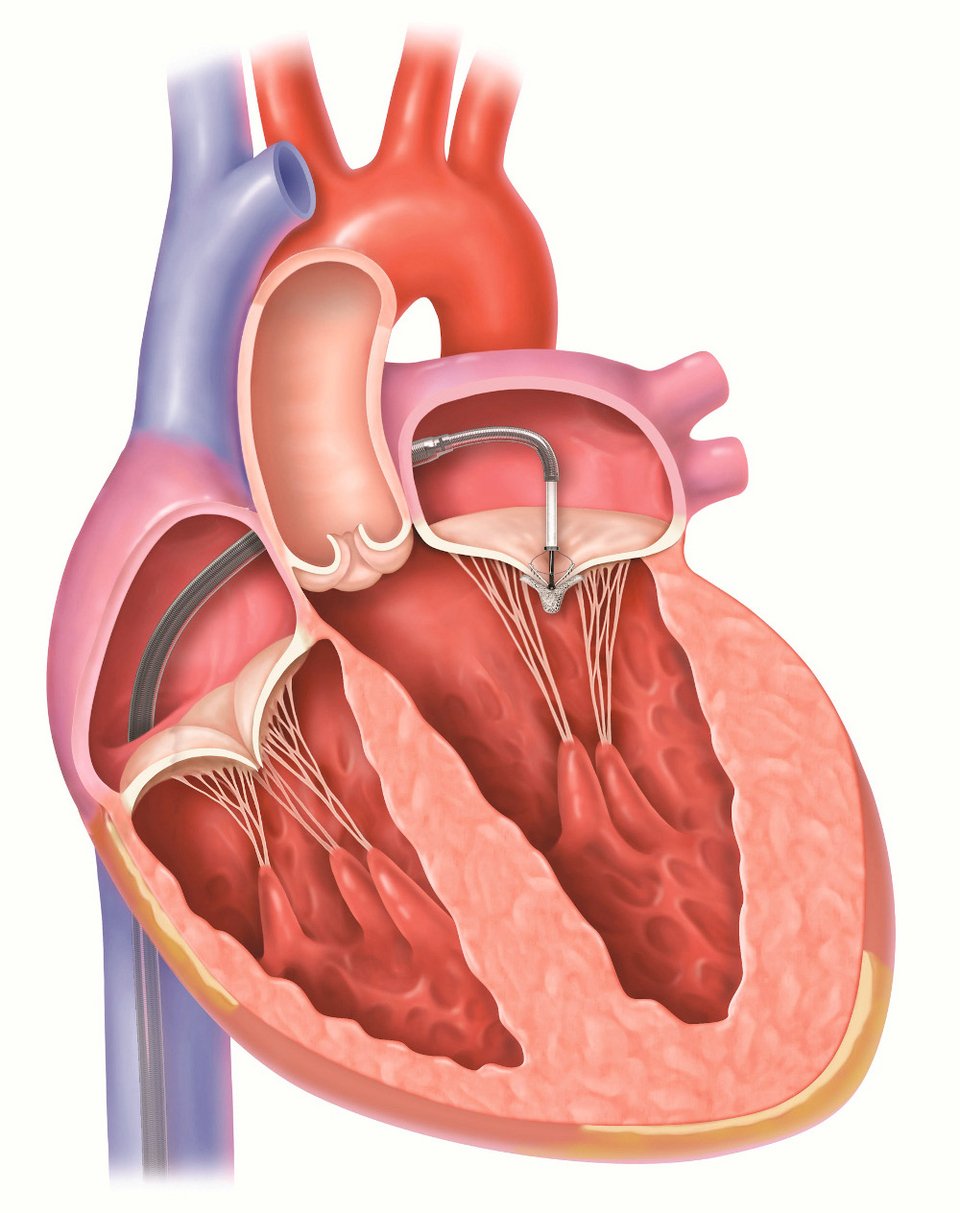
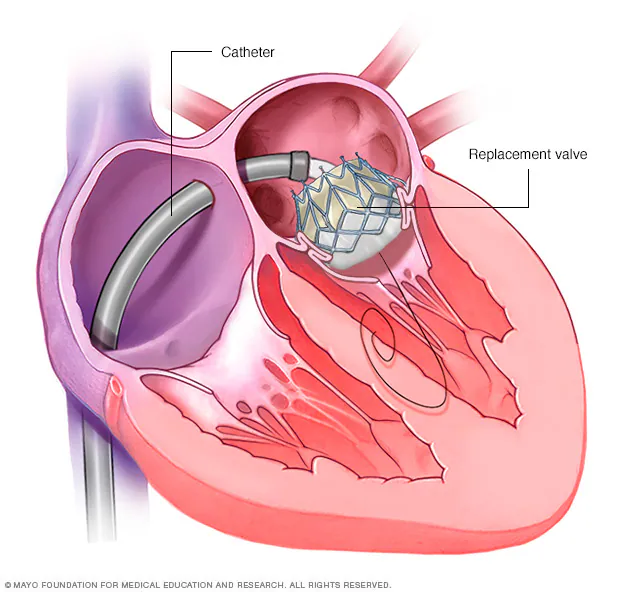
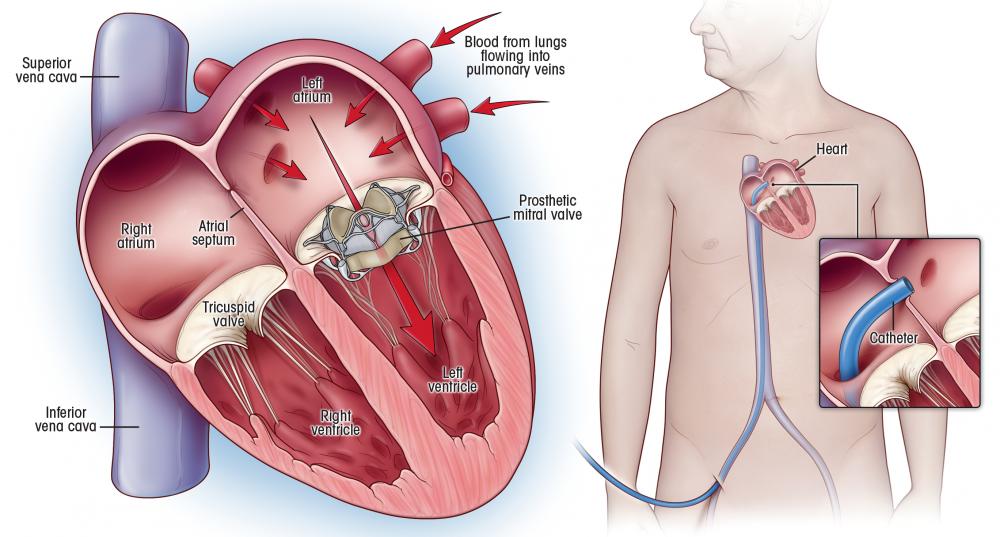
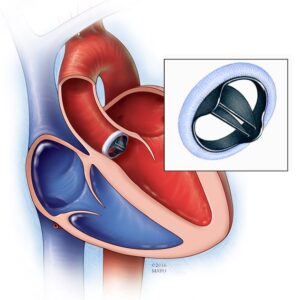
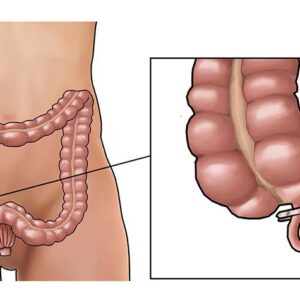

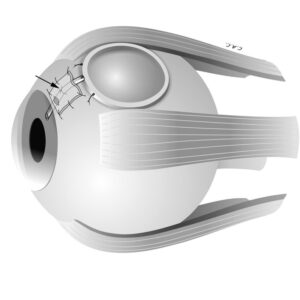


Reviews
There are no reviews yet.